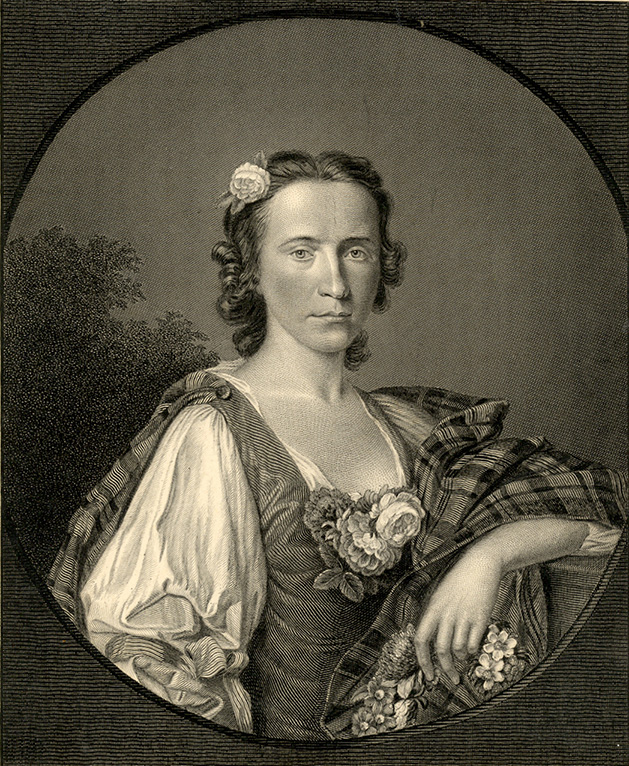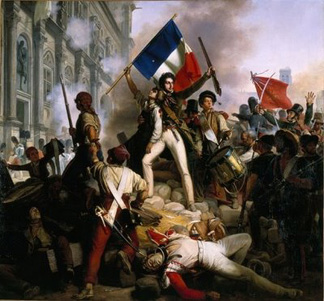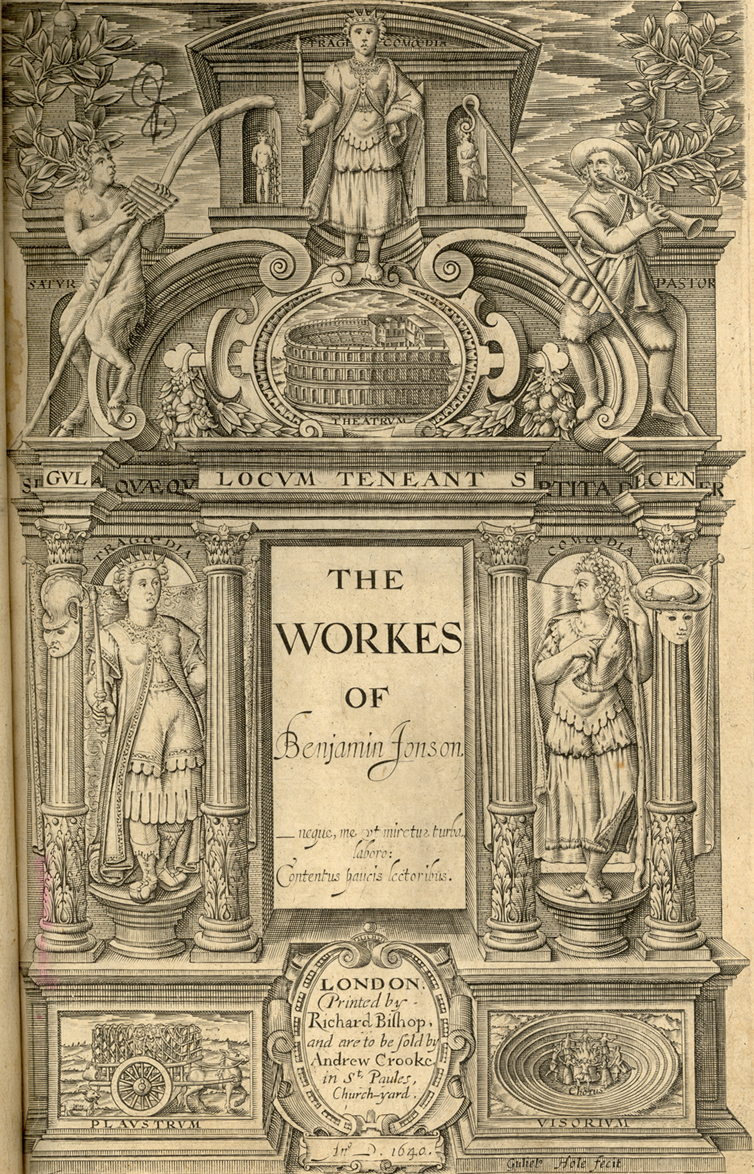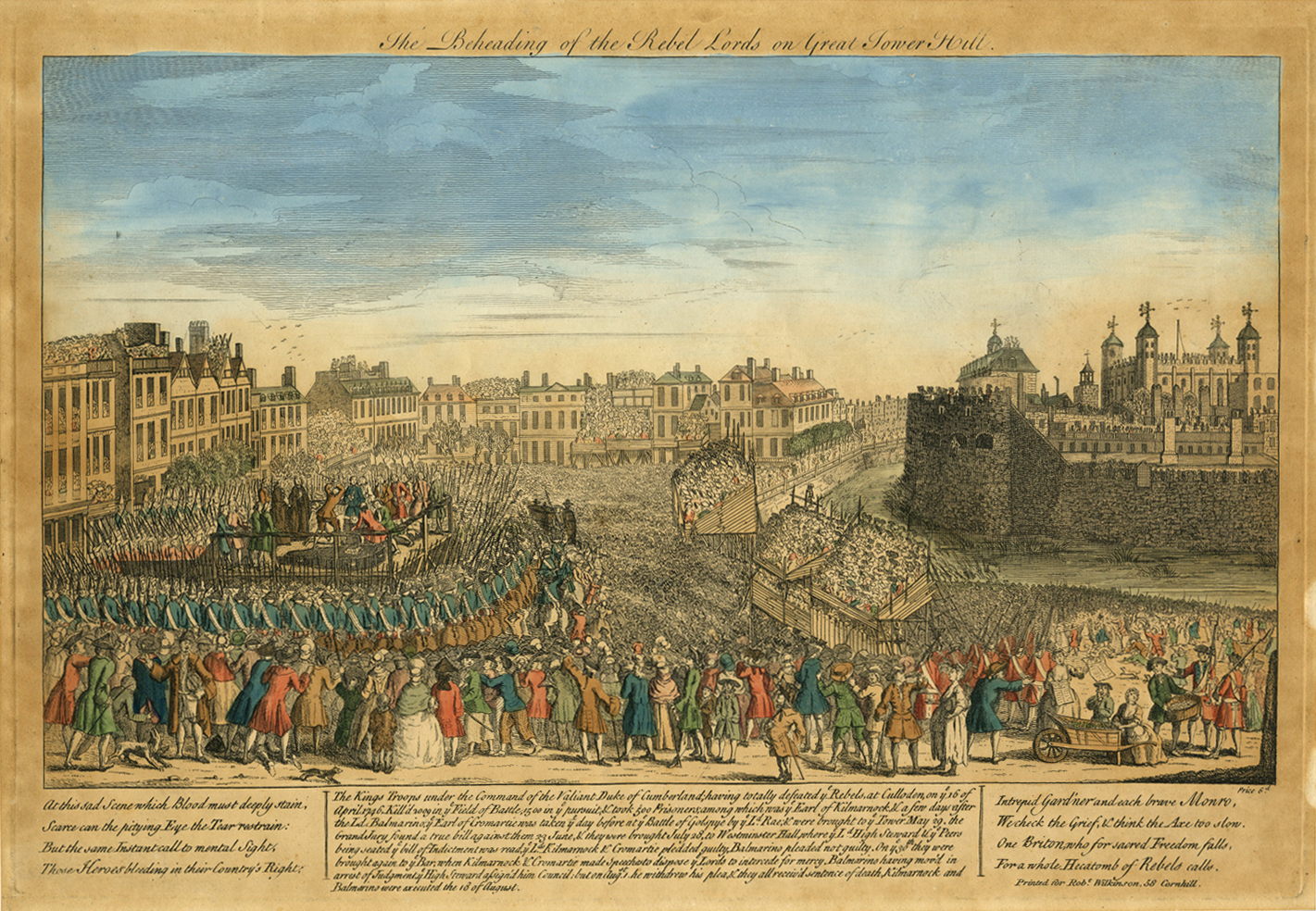By: McKenna Corey, ARB Intern
It was hard for me to really conceptualize the true narrative power of song until I was reorganizing the Virginius C. Hall Jacobite Collection this week. As I was arranging a stack of books, I saw one that caught my eye. The spine read: The Scottish Jacobites and Their Songs and Music. Written in 1899 by Thomas Newbigging, the book recounts in detail not only the history of the Jacobite movements, but also their rich musical history.
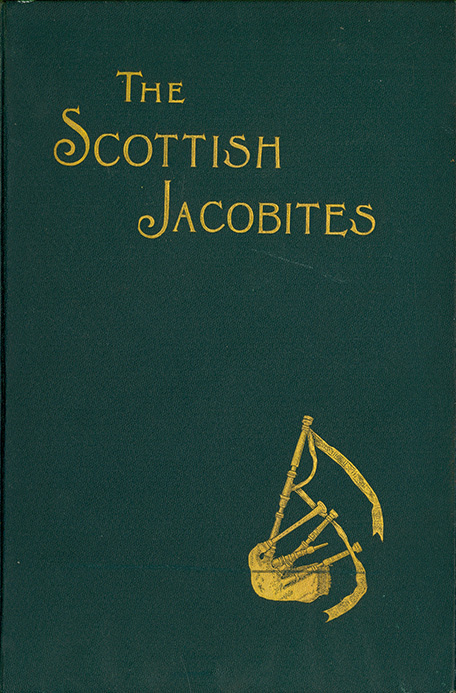 Though I’ve never really had any musical talent (except some early experiences with the recorder), I thought it might be interesting to pursue some further research on the topic. Sure enough, there were further resources on the musical stylings of the Jacobites, and I decided to dig in! Though in this post I’ll only be referencing Newbigging’s book, I’ll include a reading list of some other books I found here at the ARB that focus on the Jacobites’ music and song.
Though I’ve never really had any musical talent (except some early experiences with the recorder), I thought it might be interesting to pursue some further research on the topic. Sure enough, there were further resources on the musical stylings of the Jacobites, and I decided to dig in! Though in this post I’ll only be referencing Newbigging’s book, I’ll include a reading list of some other books I found here at the ARB that focus on the Jacobites’ music and song.
As I read further into Newbigging’s analysis of the songs, I realized how truly important music was to the Jacobites as they pursued their quest to return King James II and VII to the throne, and restore the power of the monarchy to the House of Stuart. The Jacobites were steadfast in their goals; they believed that James’ removal from power was an illegal move, and that he was their rightful ruler. Though the Jacobites were ultimately unsuccessful in their attempts to restore the House of Stuart, their music lives on and preserves their history.
This music served a variety of purposes. Some songs were poetic battle cries that motivated the Jacobites to pursue their goals, some were sad ruminations upon those that were lost, and some took a darkly humorous outlook on a seemingly hopeless situation. Regardless of their intended purposes, these Jacobite songs are poignant reflections on this period in history, including not only the Jacobites’ story, but their spirit. These songs are performed even today. I wanted to pick out a few of my favorites from Newbigging’s book, and include some audio so you can listen to them too! I didn’t think I’d be spending my week listening to bagpipes, but I can’t say I’m upset about it; rather, I’ve been pleasantly surprised at how much I enjoyed it. Continue reading →
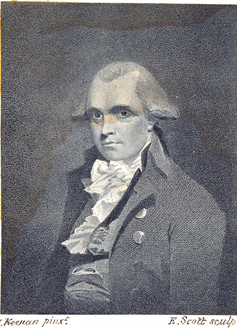 Simon Lord Lovat (a title of Scottish reverence) was known in his time as “the Fox,” and for good reason. He was well-known to be sly and duplicitous.Within the context of the Jacobite uprisings, he played a special role. After his execution, it was apparent that it was up to interpretation whether he was a traitor or, as he would call himself, “a patriot.
Simon Lord Lovat (a title of Scottish reverence) was known in his time as “the Fox,” and for good reason. He was well-known to be sly and duplicitous.Within the context of the Jacobite uprisings, he played a special role. After his execution, it was apparent that it was up to interpretation whether he was a traitor or, as he would call himself, “a patriot.

